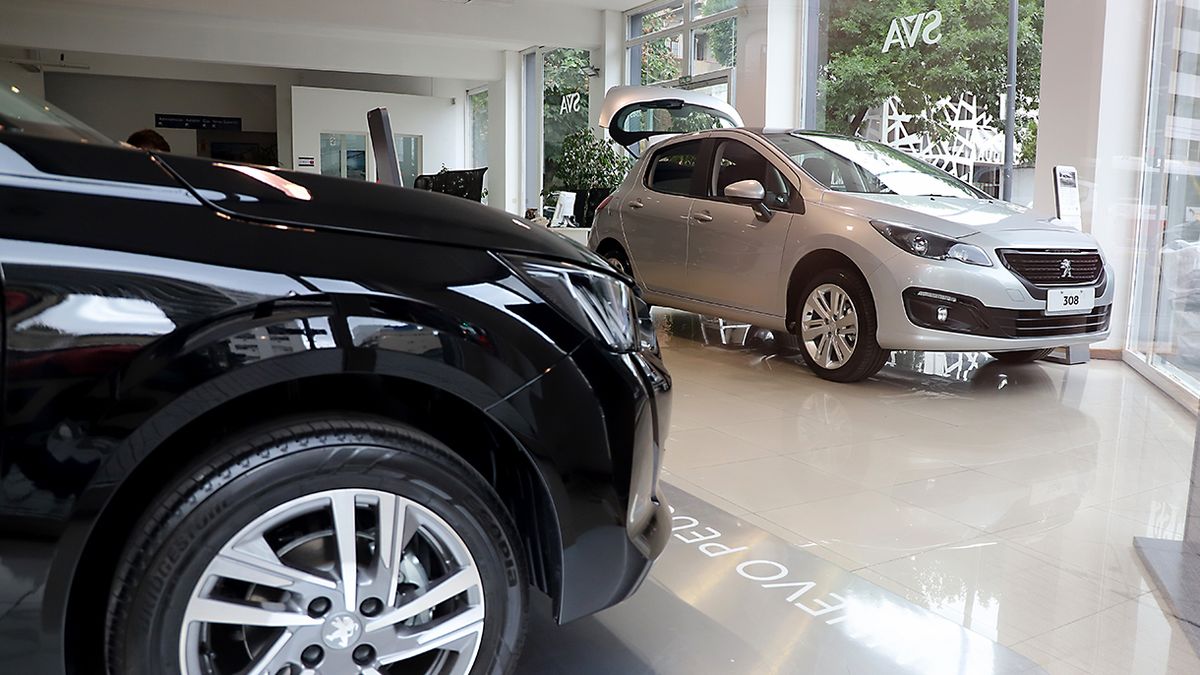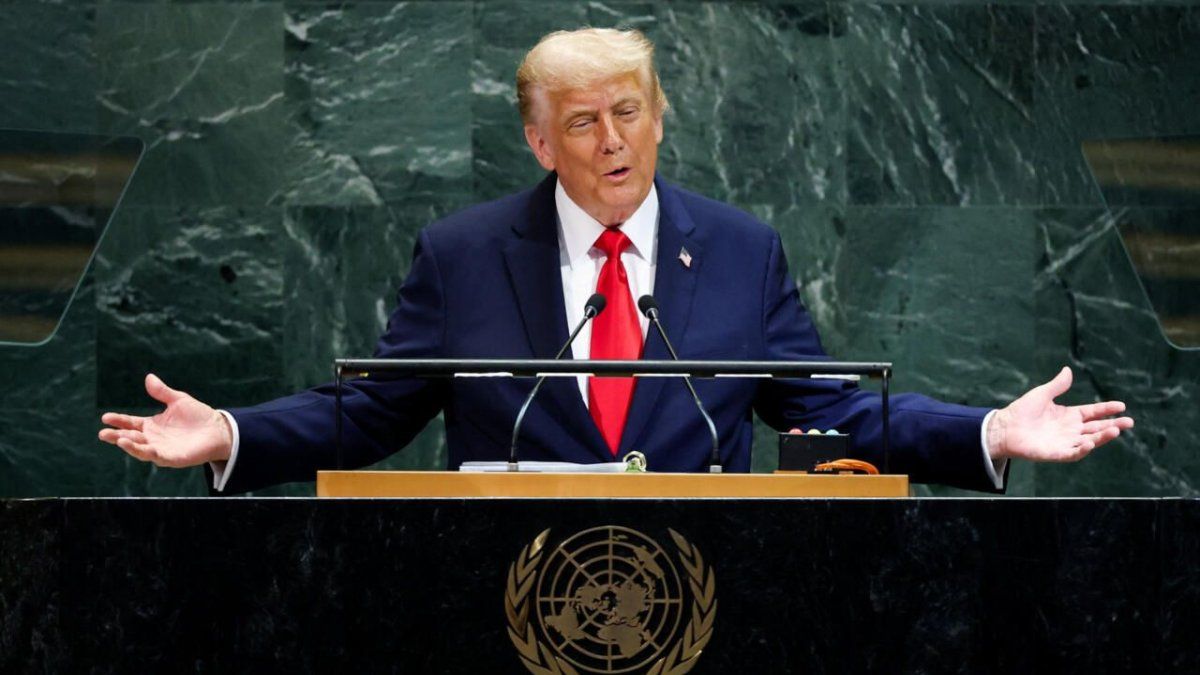The case of the automotive market is a good example. From having had, a couple of years ago, the cheapest 0km, with respect to the value of the official dollar, it has now become the most expensive.
The most affordable models on the market, such as the Fiat Mobi and the Toyota Etios, cost around $2,350,000, in their entry-level versions. This means about $19,000 at the official exchange rate of $123.
If compared to other countries, the prices of the 0km in Argentina are higher.
In Brazil, for example, the Fiat Mobi is also among the cheapest models. Its price is US$12,869. This is a market similar to Argentina. It has a high tax pressure, a protected economy with import tariffs and a not very competitive industry that produces expensive products. That is why it has a common automotive regime with Argentina that limits the entry of imported 0 km and the business is concentrated on bilateral trade.
A different market is Chile. It has no factories and is an open economy, with no tariffs and low taxes. Last year more 0km were sold than in Argentina with a population that is half. The most affordable cars, like the Suzuki Alto, start at $8,500.
Mexico is another important market. It has an automotive industry, but it produces vehicles at lower costs than Argentina and Brazil, which allows it to export. The Fiat Mobi is one of the most accessible models and its price is $11,600.
The United States is a particular market. There are not many small cars, since consumers bet on powerful and large vehicles. The best sellers are tall pickups. However, it is clear that it can be compared with the values in Argentina.
Chevrolet sells the Spark, a small segment model with the brand’s lowest price. It costs from US$13,600 against the US$19,000 that are worth the cheapest in Argentina.
For that price, in the United States you can buy a Toyota Corolla starting at $20,000. For a little more, a Fiat 500, at $24,000. With $27,000 you get versions of the Ford Mustang.
Crossing the Atlantic, in Europe, you can also get the cheapest 0km for much less than in Argentina.
For example, in Spain, the most accessible model is the Sandero Dacia at $13,000. In the rest of the continent, the cheapest models start from that price.
It is true that if the price of the “blue” is taken, the values in Argentina change. With an exchange rate of $205, the cheapest 0km in the country costs $11,500 for a ticket, more in line with what happens in the rest of the world.
In any case, the dollar with which you have to compare is with the official one since with that exchange rate the 0km and the auto parts to produce them are imported. That is why the reference has to be the official exchange rate, since in the rest of the countries there is a single exchange rate.
Much of the value of a car is taxes and, in Argentina, tax pressure is high. It is estimated that around 54% of the price paid by a buyer goes to the state, but with that same percentage, the prices of the 0km in dollars were lower.
It must also be taken into account that in the Argentine market premium prices are being paid due to the lack of models. That is not perceived as much in the segment of the smallest, but in medium and high range it is a generalized phenomenon.
Another point to keep in mind is that car prices have been rising faster than inflation and devaluation. In 2021. The 0km increased more than 70%, on average, against a cost of living increase of 54%.
Compared against the official dollar, the difference was greater. The US currency rose less than 25% throughout 2021. This means that the 0km became more expensive in dollars during the past year.
So far in 2022, despite a higher rate of devaluation, this trend continues. The 0km increased since December around 30%, double that of the official dollar, which deepens automotive inflation.
Source: Ambito
David William is a talented author who has made a name for himself in the world of writing. He is a professional author who writes on a wide range of topics, from general interest to opinion news. David is currently working as a writer at 24 hours worlds where he brings his unique perspective and in-depth research to his articles, making them both informative and engaging.




